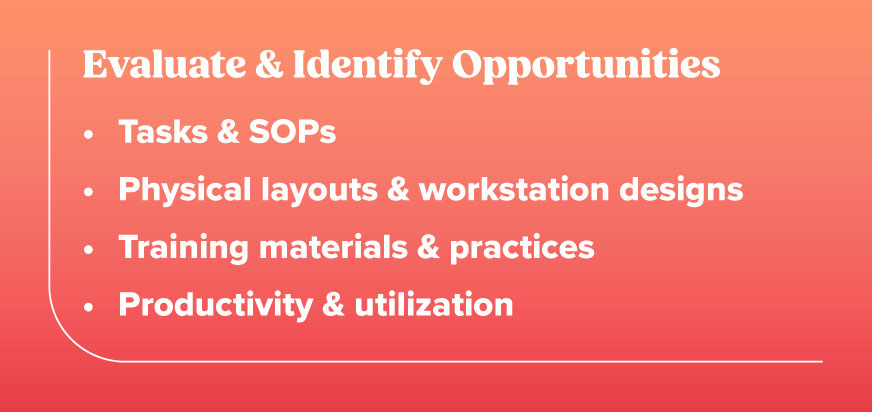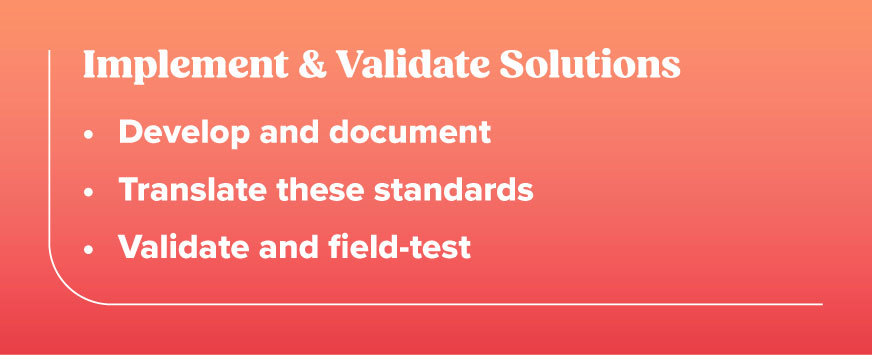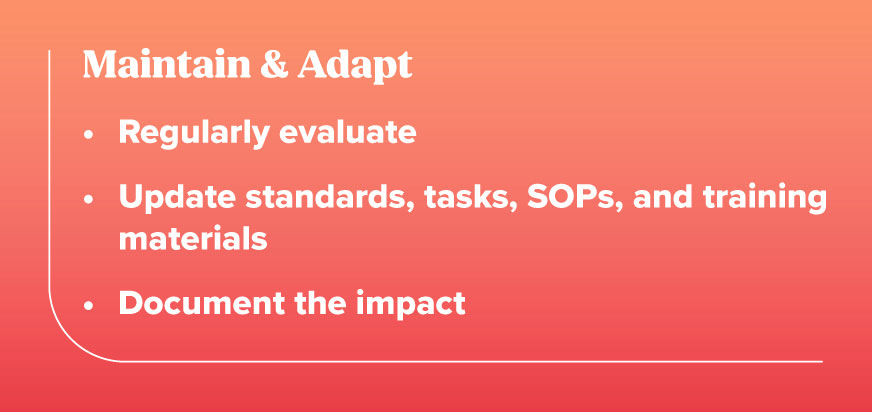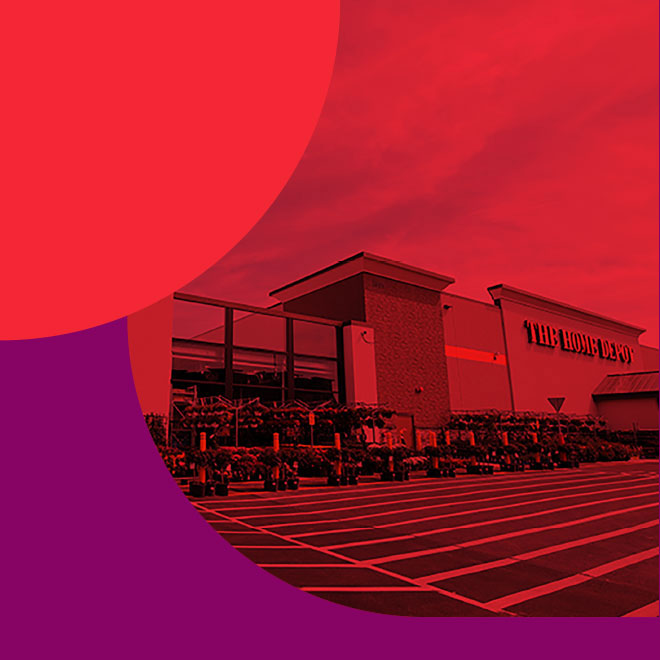
Staffing Smarter: Operations Solutions to Offset the Labor Crunch
The labor crunch is real—and it's not going away anytime soon
Estimated Read Time: 3 Minutes
For brands across the retail and restaurant landscape, workforce challenges have become the number one operational hurdle. Leaders are navigating a complex mix of labor shortages, escalating wage pressures, skill gaps, and the disruptive impact of technology and automation. In industries where thin margins make or break profitability, these pressures can't be ignored—and solving them requires more than quick fixes or outdated thinking.
At WD, we understand that there's no single solution to the labor dilemma. But there is a smarter, systematic way to adapt and thrive.
Why Traditional Labor Systems Are Falling Short
Many brands are still relying on labor standards and operational systems developed years—or even decades—ago. These systems were built for a different era: before the digital transformation of retail, before the explosion of e-commerce, before today's consumer expectations for seamless, high-touch experiences.
As a result, most existing labor frameworks are:
- Outdated and misaligned with current operational demands.
- Rigid and difficult to update in response to change.
- Disconnected from today's realities, including the integration of AI and automation into day-to-day workflows.
Continuing to rely on these legacy approaches not only puts pressure on employees and managers but also limits a brand's ability to compete in a rapidly changing market.
Our Approach: Smart, Scalable, and Rooted in Expertise
That's where we come in. We leverage proprietary industrial engineering practices and proven tools to develop comprehensive, executable solutions that improve efficiency—even with leaner teams. Our solutions are designed to work across an entire operating system, regardless of volume or complexity.
Here's how we do it:
1. Evaluate & Identify Opportunities
We begin by thoroughly assessing current conditions:
- Tasks & SOPs – Are they outdated, overly complex, or inconsistently applied?
- Physical layouts & workstation designs – Are they efficient and suited to today's volume and processes?
- Training materials & practices – Are they obsolete or neglected?
- Productivity & utilization – Are team workloads balanced and matched to current skill sets and responsibilities?

2. Implement & Validate Solutions
Once the gaps and inefficiencies are identified, we:
- Develop and document clear labor standards for all tasks and SOPs, along with baseline performance measurements.
- Translate these standards into volume-based services and staffing guidelines that consider minimum deployment needs, fluctuating activity levels, and other key business variables.
- Validate and field-test these guidelines to ensure they're practical, achievable, and effective before any wide-scale rollout.

3. Maintain & Adapt
Because operational environments are constantly evolving, our solutions are built to evolve too. We:
- Regularly evaluate the relevance and effectiveness of labor guidelines as technology, business processes, and customer expectations shift.
- Update standards, tasks, SOPs, and training materials as needed, ensuring teams remain efficient, empowered, and prepared for change.
- Document the impact of changes, providing data-driven insights that inform continuous improvement.

Future-Proofing for What's Next
The goal isn't just to fix today's labor challenges—it's to build a flexible foundation for the future. By integrating labor standards with technology advancements like AI and automation, we help brands stay ahead of disruption, not react to it.
Our approach ensures that as your business grows and the industry shifts, your staffing strategies can scale and adapt—without sacrificing performance, employee satisfaction, or the customer experience.
Ready to work smarter, not harder? Let's talk about how WD can help you turn labor challenges into operational opportunities.

 Rob Seely
Rob Seely Joanne Heyob
Joanne Heyob


